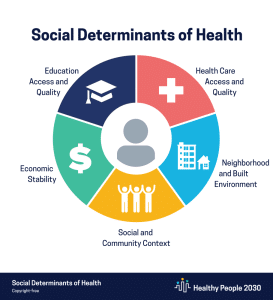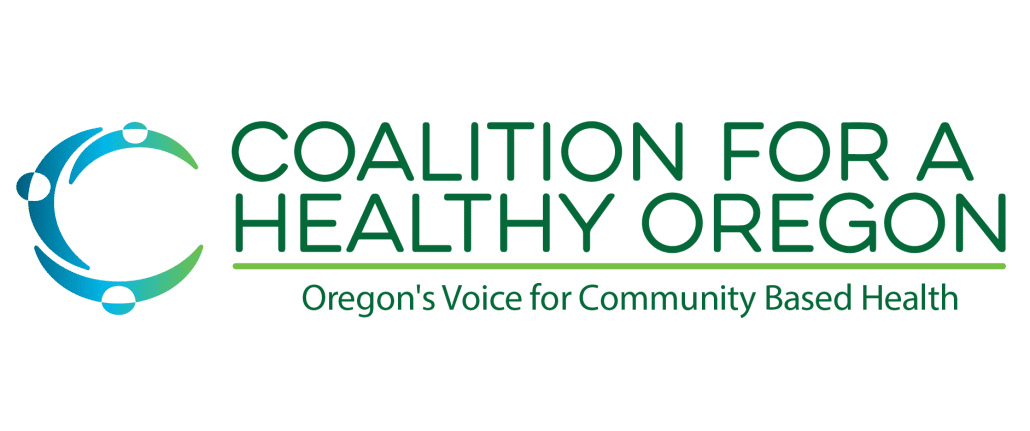How do CCOs save taxpayers money?
When CCOs were formed, health care costs were rising at an unsustainable rate of 5.4%, which was faster than the state budget could keep up with. This put the Oregon Health Plan at risk of either reducing the number of people covered or lowering payments to providers—both bad options. Instead, the state created CCOs to focus on improving health outcomes while controlling costs. Even during this time, Oregon expanded eligibility and kept provider rates stable.
By reducing the rate of cost growth to 3.4%, CCOs have saved Oregon and the federal government over $6 billion. These savings have allowed Oregon to invest in other important areas like education and natural resources.
Are CCO decisions made transparently?
Yes, CCOs are governed by local boards, which often include leaders from health, education, and social services. These boards meet publicly, allow for public comments, and publish minutes, including votes on major financial decisions. In addition, CCOs’ financial statements are audited and available for public review.
Each CCO must also have a Community Advisory Council (CAC), which is made up of community members. At least half of the members must be people who receive care through the CCO. The CAC helps make important decisions, including how CCOs reinvest in the community.
How do CCOs reinvest in communities?
CCOs use some of the money saved by keeping people healthy to reinvest in local health care programs. These reinvestments can support public health initiatives, improve care coordination, or fund programs to increase the number of qualified health care workers. CCOs also provide funding to community organizations that improve health services or address the social determinants of health, like housing and transportation.
When CCOs and their provider networks meet certain performance goals, the state releases the money it withheld as part of the Quality Incentive Program. Most CCOs use these funds to pay providers based on the value of the care they deliver, ensuring that the community benefits from improved health care.
What are some examples of how each CCO has reinvested in its community?
A number of terms are used to describe CCO reinvestment programs: Community Benefit Initiatives, SHARE, and more. Oregon Health Authority rules how CCOs can use certain funds for certain projects. For information on how to receive grants or support, contact your local CCO.
To learn more about each CCO’s impact in their local community, visit our video library.
How are CCOs a community resource?
 CCOs play an important role in supporting community health because they have local boards and a good understanding of the health care system. For example, one CCO not only provides health benefits but also serves as the Early Learning Hub in its area. Other CCOs have been involved in starting mobile crisis services or working with county governments to improve public health programs.
CCOs play an important role in supporting community health because they have local boards and a good understanding of the health care system. For example, one CCO not only provides health benefits but also serves as the Early Learning Hub in its area. Other CCOs have been involved in starting mobile crisis services or working with county governments to improve public health programs.
Recently, the federal government approved a new benefit in Oregon called Health-Related Social Needs. This benefit provides some members with items like air conditioners, heaters, air filters, refrigerators for medicine, backup generators, food support, and even housing help, depending on their health needs. Coordinating these efforts takes a long-term commitment of resources, trust, and relationship building. CCOs are working closely with the Oregon Health Authority (OHA) to make sure this program helps members and strengthens communities.





